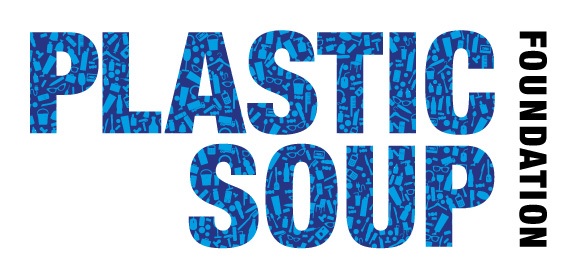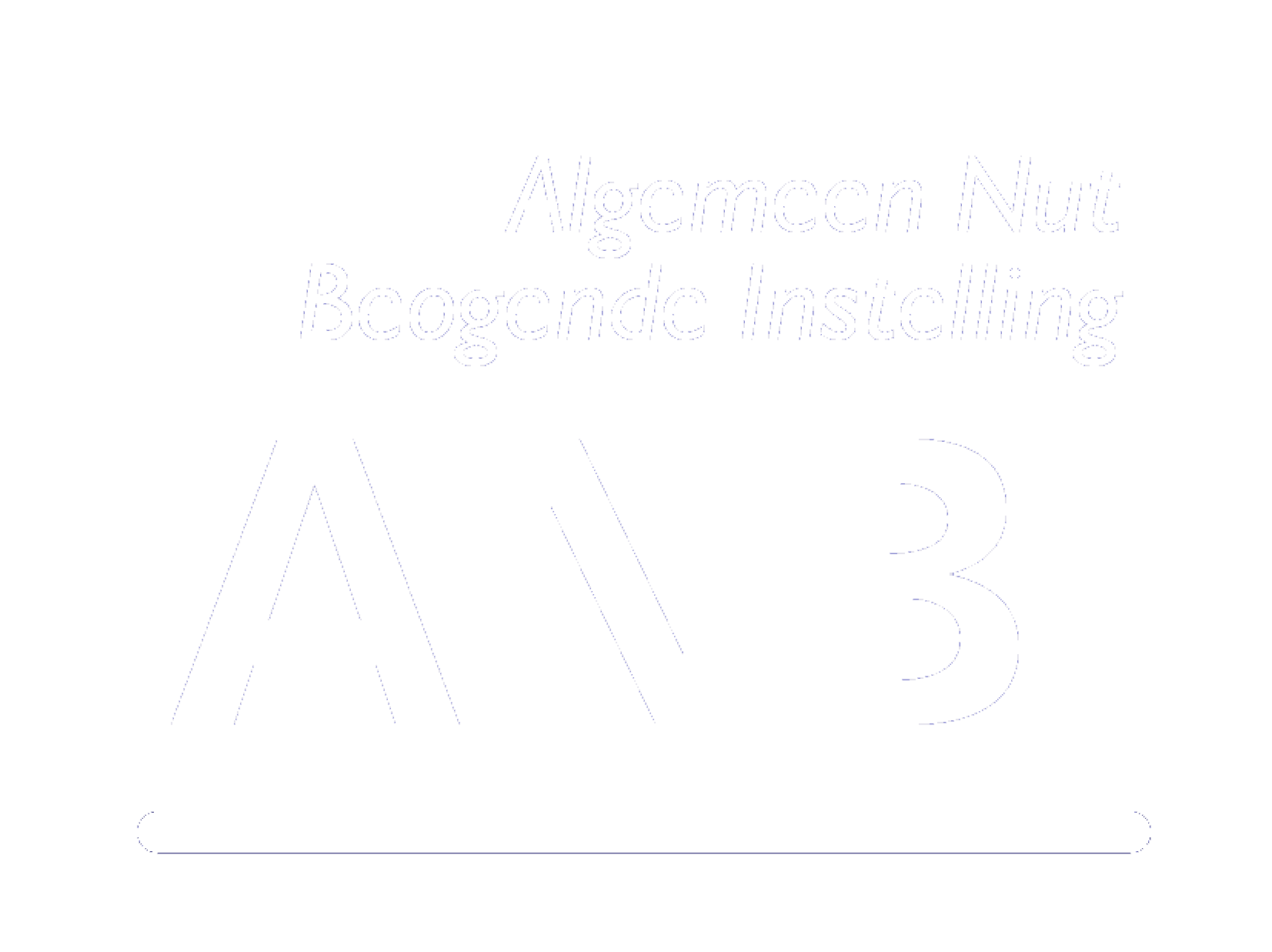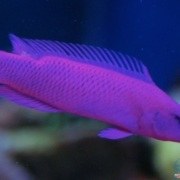A blog about the Trash to Cash project in Bonaire by Daniël Poolen
The plastic pollution problem our world faces is gigantic. There are multiple sources of plastic and multiple problems, while we haven’t got all the solutions (yet). At the Plastic Soup Foundation (PSF) we like to fight one source at a time. Microbeads in cosmetics (Beat the Microbead) and microfibers from synthetic clothing (Ocean Clean Wash) are two important sources we are currently working on. Another large-scale problem we have in our sights is bad waste management. Landfills, illegal dumps and litter are leaking plastic into our lakes, rivers and oceans. At PSF we have thought of an innovative solution for this problem. And we found the perfect place to test it: Bonaire.
Paradise
Bonaire is a tropical paradise in the Caribbean, close to the coast of Venezuela and a former Dutch colony that is now part of the Kingdom of the Netherlands. This small island, with only 18,000 inhabitants, has a pleasant trade wind that makes hot summers more bearable.
While the marks of slavery are still visible, the island is now known as ‘Diver’s Paradise’. You basically park your truck alongside the road, grab your snorkeling or diving gear and explore the treasures of this island. The world above sea level is as beautiful as below. The flamingo, donkey and iguana are among many animals you can find in the rich nature of this ‘petite belle’. As one might expect, this archetype for a tropical island annually attracts many tourists from all over the world.
A plastic world after all
Bonaire also has something in common with most islands, countries, villages and cities around the world: People consume plastic. They wake up with it, they work with it, they eat with it and they sleep with it. For example: The island has perfect tap water, but the PET-bottles are lined up in the supermarkets. If you take a bottle, you probably get a few flimsy plastic bags to carry it. While driving around the island the effects of this plastic consumptive behavior were clearly visible. Drinking containers and plastic bags decorated parts of nature.
Unfortunately this is also something that happens all around the world, disturbing, but nothing uncommon. Unfortunately we were in for a shock. Sorry, two shocks.
Shock #1
The trade winds and currents hit the island on the east coast, while the west coast stays in calm water. The west has smooth beaches and calm waves, while the east has strong currents, big waves and a rocky coastline. While exploring the island, we were curious what the currents and winds would bring, knowing that there is a lot of plastic floating around in the oceans. We didn’t have to look far.


Driving our jeep along the coastline we stumbled upon multiple ‘plastic soup beaches’. One spot was so polluted the plastic was piled up on the beach. Bottles, toys, containers, bottle caps, toothbrushes, fragments, microplastics were among a few product groups that could be found on that one spot. We were flabbergasted that this was all swept together by the brooms (waves) of the ocean.
Shock #2
On Bonaire they created a final resting place for all the trash: a landfill. This is the most common way to get ‘rid’ of trash, all around the world. We were invited to come and see the landfill with our own eyes. We arrived at a large hill, covered in dirt, perfumed with Eau d’Trash. Underneath the dirt the plastic corpes, the consumer waste, were buried. As we reached the top of the 25-meter hill we found that lush nature, some houses and a lagoon surrounded the landfill. The wind grabbed a few plastic packages and dropped them off a few meters down the hill.
Than a dump truck came with fresh consumer waste. As it unloaded, our jaws dropped because of the scene that unfolded in front of our eyes.
Dozens of goats stormed towards the fresh waste, digging their heads in search of something to eat. It was a feast, where the hurdle munched on food scraps, paper and yes, plastic packaging. The crackling sound of plastic between their yaws still gives me shivers down my spine.
Later we learned that goats are eaten on the island in the famous ‘Kabritu Stoba’ dish. We haven’t tasted it yet.
Trash to Ca$h
A whole world of plastic problems exists on this one small island. It may sound sad and an impossible mission, but we thought this as the perfect opportunity for change. Most coastal cities, regions and countries have similar waste management problems and are all in search of solutions. If we can make a blueprint on how to stop the plastic problems from bad waste management, it can be copied all over the world. We call this blueprint Plastic Urban Mining. With Plastic Urban Mining we help companies, educational institutions, governments and communities in the transition from a linear to a circular economy by managing the whole plastic cycle. High collection and recycling rates decrease plastic litter from becoming plastic soup. From creating awareness & education to the development of products made out from the recycled plastic, Plastic Urban Mining is the all-in-one solution for every city, region and country.
That’s why PSF teamed up with environmental NGO Boneiru Duradero and waste management company Selibon, both from Bonaire, to address the plastic problems, raise awareness among the inhabitants with the Trash to Ca$h project. This project is the first step towards an island that fully controls its plastic, from import to recycling.
During the course of two weeks we’ve setup and joined some inspiring events, meeting great people who change the island for the better.
Want to know what we did and whom we met?
Follow us on Instagram and read our next blog soon! Stay tuned!

